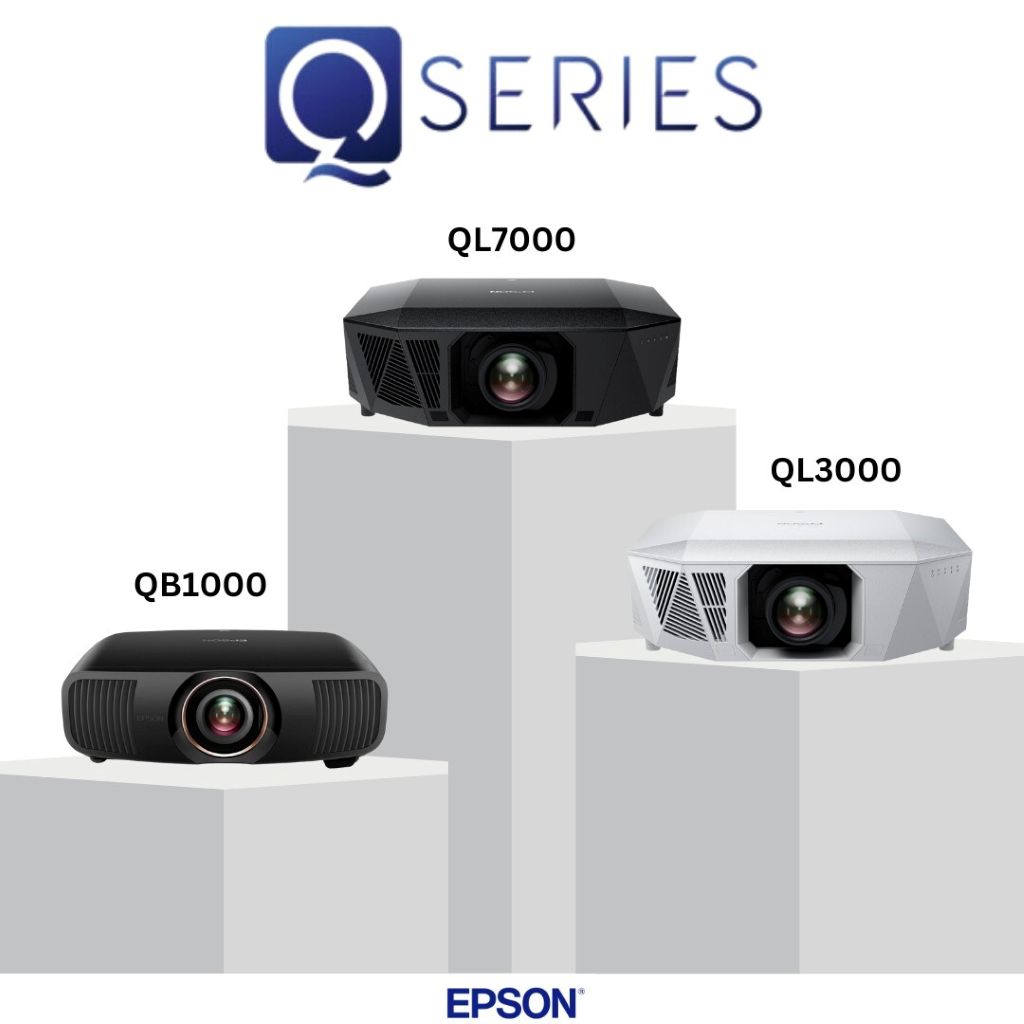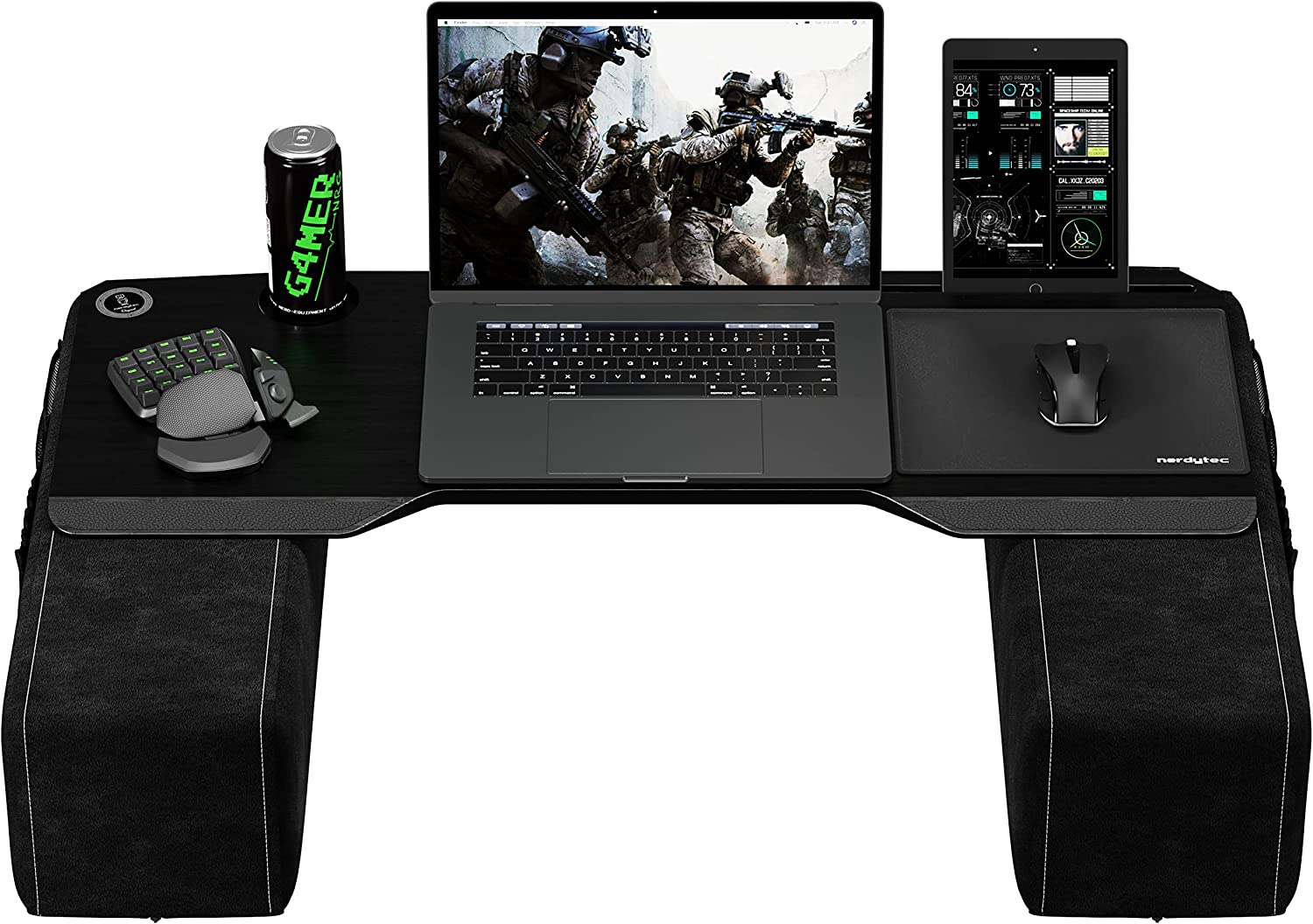NASA Sends New Research to Space Station Aboard SpaceX Resupply Mission

An experiment in space manufacturing and an enhanced study of solar energy are among the research currently heading to the International Space Stationfollowing Friday’s launch of a SpaceX Dragon spacecraft at 10:36 a.m. EST.
Dragon lifted off on a Falcon 9 rocket from Space Launch Complex 40 at Cape Canaveral Air Force Station in Florida with more than 4,800 pounds of research equipment, cargo and supplies that will support dozens of the more than 250 investigations aboard the space station.
NASA astronauts Mark Vande Hei and Joe Acaba will use the space station’s robotic arm to capture Dragon when it arrives at the station. Live coverage of the rendezvous and capture will air on NASA Television and the agency’s website beginning at 4:30 a.m. Sunday, Dec. 17. Installation coverage is set to begin at 7:30 a.m.
Research materials flying inside Dragon’s pressurized area include an investigation demonstrating the benefits of manufacturing fiber optic filaments in a microgravity environment. Designed by the company Made in Space, and sponsored by the Center for the Advancement of Science in Space (CASIS), the investigation will attempt to pull fiber optic wire from ZBLAN, a heavy metal fluoride glass commonly used to make fiber optic glass. Results from this investigation could lead to the production of higher-quality fiber optic products for use in space and on Earth.
NASA’s Total and Spectral Solar Irradiance Sensor, or TSIS-1, will measure the Sun’s energy input to Earth. TSIS-1 measurements will be three times more accurate than previous capabilities, enabling scientists to study the Sun’s natural influence on Earth’s ozone, atmospheric circulation, clouds and ecosystems. These observations are essential for a scientific understanding of the effects of solar variability on the Earth system.
The Space Debris Sensor (SDS) will measure the orbital debris environment around the space station for two to three years. Once mounted on the exterior of the station, this one-square-meter sensor will provide near-real-time debris impact detection and recording. Research from this investigation could help lower the risks posed by orbital debris to human life and critical hardware.
This is SpaceX’s 13th cargo flight to the space station under NASA’s Commercial Resupply Services contract. Dragon is scheduled to depart the station in January 2018 and return to Earth with more than 3,600 pounds of research, hardware and crew supplies.
For more than 17 years, humans have lived and worked continuously aboard the International Space Station, advancing scientific knowledge and demonstrating new technologies, making research breakthroughs not possible on Earth that will enable long-duration human and robotic exploration into deep space. A global endeavor, more than 200 people from 18 countries have visited the unique microgravity laboratory that has hosted more than 2,100 research investigations from researchers in more than 95 countries.
Get breaking news, images and features from the space station on social media at:
and





